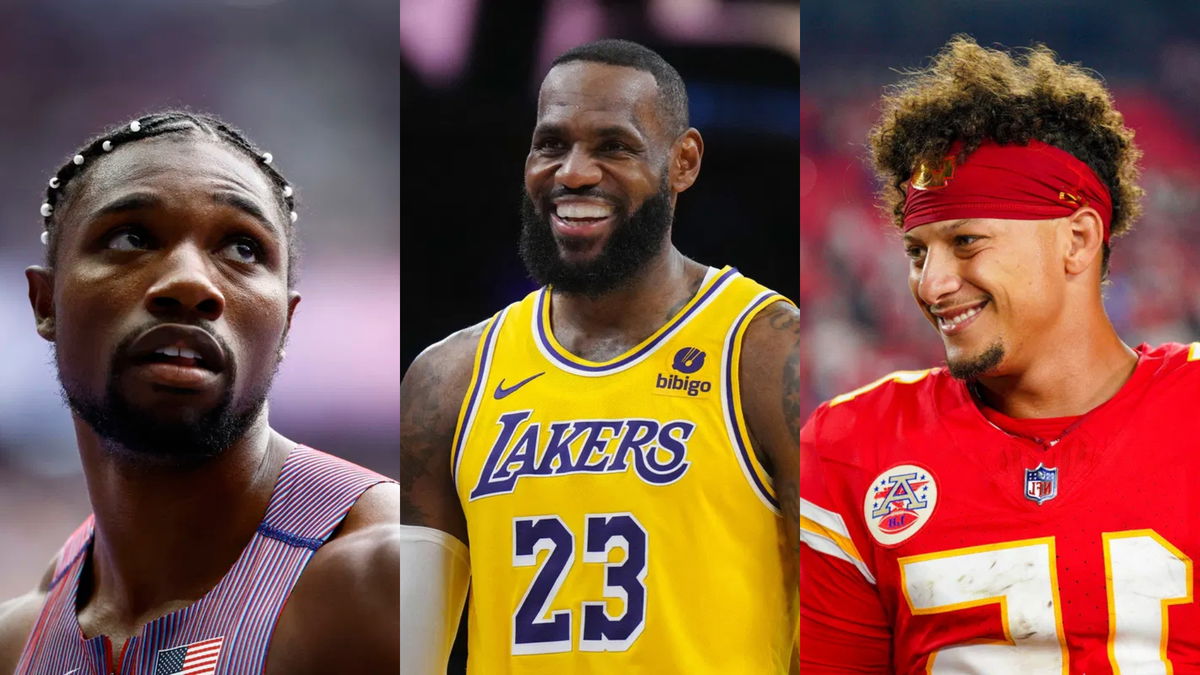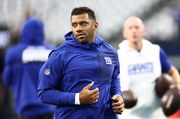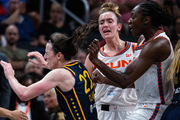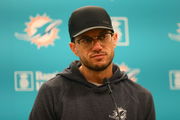

Track and field may have its thrilling moments, but financially, it often pales in comparison to major leagues like the NBA, NFL, MLB, and more. Even with World Athletics offering $50k to gold medalists in Paris, it’s still a far cry from what top athletes in those sports make. As Noah Lyles once called track and field a “dying” sport, many athletes rely heavily on sponsorships to make a living. However, the Diamond League is stepping up to address this.
Watch What’s Trending Now!
In 2025, they’re increasing prize money to over $9 million, the highest ever, giving athletes much-needed financial support and helping elevate the sport. This move is part of a broader push to provide more financial support to athletes in a sport that has often struggled to offer the same level of earnings as major leagues. In addition to the prize money, top athletes will receive promotional fees, with the league ensuring equal pay for male and female athletes.
Each of the 14 regular-season meets, beginning in April, will offer a total of $500,000 in prize money, while the final in August will boost that amount to $2.24 million. According to the Diamond League, prize payouts per discipline will range from $30,000 to $50,000 during the season and between $60,000 and $100,000 for the final. While this is a significant increase, it still raises the question: is it enough to truly compete with other sports’ financial incentives? Obviously no.
ADVERTISEMENT
Well, in track and field, athletes usually make the most of their money through endorsements rather than their competition earnings. For instance, as of 2024, Noah Lyles has an impressive net worth of around $5 million, while Sydney McLaughlin-Levrone is worth about $2 million. Sha’Carri Richardson’s net worth is estimated between $1 million and $5 million. But what if we compare other sports athletes to T&F?

ADVERTISEMENT
Track and field athletes typically do not receive salaries via contracts, like those in most other sports; instead, they depend heavily on sponsorship agreements and prize winnings to support themselves financially. And therein comes the disparity.
ADVERTISEMENT
For the 2024 season, the NFL salary is $255.4 million per team. The Collective Bargaining Agreement set rookie minimum salaries at $795,000, increasing with experience to $1,210,000 for players with seven or more years. Even the lowest-paid NFL players, like Andre Baccellia, C.J. Ravenell, and Dayton Wade, who made $222,500, earned more than many track and field athletes.
Even the 2024-25 NBA player salary is approximately $11,910,649, up from $9.7 million last year. The lowest salary amount is $1,157,153. The top earner is Stephen Curry, who will make $55.76 million this season. Five players, like Nikola Jokic and Joel Embiid, are making over $50 million. There are 27 players earning above $40 million. The median income is around $7 million, which is the highest compared to professional sports leagues.
In the 2023 MLB season, the minimum salary was $720,000, and 129 players, including stars like O’Neill Cruz and Anthony Volpe, were earning that amount. So, why is track and field still lagging behind? Well, there are some big names like Alexis Ohanian and Michael Johnson stepping up to make a difference. But it’s not just about the money—track and field also struggles with one more problem.
ADVERTISEMENT
Why Track and Field is struggling to keep up
Most sports enthusiasts generally overlook track and field. They even watch it when it’s the Olympics; however, Noah Lyles seems frustrated by this perception. Having asserted his title as the world’s fastest man in 2023, Lyles sparked debate by commenting on the NBA, resulting in criticism from both athletes and fans. Despite being the biggest figure, in men’s track and field, Lyles is confronted with the truth that professional track does not offer lucrative compensation.
ADVERTISEMENT

However, the sport of track and field has a fan base and attracts large crowds to events; in the United States, though, it stands out as an anomaly amidst the lucrative sports industry trend observed there. Despite NBA players commanding more salaries compared to their counterparts, in other basketball leagues around the world, track and field athletes, like Lyles, often find themselves grappling with issues of fair remuneration.
ADVERTISEMENT
Lyles is estimated to have a net worth of $2 million, which is indeed an impressive milestone; however, it falls short by a significant margin when compared to the earnings of athletes competing in major professional leagues. Looking at athletes down in the rankings, such as Cravont Charleston and Brandon Carnes, reveals that many of them struggle to get by with endorsement deals. It’s evident that Lyles makes an argument regarding the necessity for improved compensation in track and field sports.
Top Stories
Cowboys Fire Defensive Coordinator Matt Eberflus: Contract, Salary, NFL Earnings & More

Adam Peaty Faces Gordon Ramsay’s Sly Dig Amid Parents’ Controversial Wedding Absence

Russell Wilson Announces Retirement Stance as Giants QB Shares Hidden Injury News

Marina Mabrey Is Raising Eyebrows Again With Fiery Unrivaled Confrontation

Huge Fire Destroys Over 125-Year-Old Golf Club Designed by 5x Open Winner in London – Report

Dolphins Reportedly Indecisive About Mike McDaniel as GM Search Kicks Off

But at the same time, track and field often struggle with broadcasting issues, which means it doesn’t get the same media coverage or revenue as major sports leagues. To address this, Michael Johnson launched the new Grand Slam series. This initiative aims to boost the sport’s profile by creating more high-profile events and increasing visibility, potentially attracting more fans and better sponsorship deals. By focusing on these key areas, the Grand Slam could help popularize track and field and offer better earnings opportunities for athletes. For now, it seems Diamond League is like a positive step forward, but there’s still room for growth.
ADVERTISEMENT
ADVERTISEMENT
ADVERTISEMENT

